BY WALTER OPINDE
On this day, June 22, 1910, acclaimed choreographer, dancer, author, social activist, and educator, Katherine Mary Dunham, also known as Kaye Dunn, was born in Glen Ellyn, Illinois; a village located 25 miles west of Chicago. Dunham had one of the most successful dance careers in the American and European theater of the 20th century and directed her own dance company for many years. She has been called the “matriarch and queen mother of black dance.
Born in Illinois, Dunham received her Bachelor’s, Master’s, and Doctoral degrees in anthropology from the University of Chicago, and later did an extensive anthropological study, particularly in the Caribbean. She began performing in 1931 in Chicago and then worked for the New York Labor Stage, where she composed dances for “The Emperor Jones,” “Pins and Needles,” and “Run, Li’l Chillun.” In 1936, Dunham received a Julius Rosenwald Foundation Fellowship, with which she traveled and studied dance in the West Indies, especially in Haiti.
By 1940, Katherine formed a highly acclaimed all-Black dance troupe that toured her works in the United States and Europe. She also choreographed for, and performed in, motion pictures and Broadway musicals. Dunham opened the Dunham School of Dance in New York City, which trained dancers in classical ballet, African, and Caribbean dance forms, anthropology, and other cultural arts. The school was an important center of Black dance. She became the first Black choreographer at the Metropolitan Opera in New York City.
Katherine acted as technical, cultural adviser to the president and the minister of cultural affairs of Senegal. In the 1970s, Dunham went to Southern Illinois University as an artist in residence and later became a professor. There, she developed cultural arts programs to teach the disadvantaged urban youth. As a scholar and influential leader in Black theatrical dance, her original technique emphasized the movement of certain body parts independently of the rest of the body. Dunham also wrote articles for periodicals and authored several books.
Plagued by arthritis and poverty in the latter part of her life, Dunham made headlines in 1992 when she went on a 47-day hunger strike to protest a U.S. policy that repatriated Haitian refugees. “It is embarrassing to be an American,” Dunham said at the time. Dunham’s New York studio attracted illustrious students like Marlon Brando and James Dean who came to learn the “Dunham Technique,” which Dunham herself explained as “more than just dance or bodily executions.” She further elaborated that it was about movement, forms, love, hate, death, life, and all human emotions.”
In her later years, Katherine depended on grants and the kindness of celebrities, artists, and former students to pay for her day-to-day expenses. Will Smith and Harry Belafonte were among those who helped her catch up on bills. Katherine Dunham died on June 4, 2006. She was married to theater designer John Thomas Pratt for 49 years before his death in 1986.
Read more of Katherine’s story via:
http://www.notablebiographies.com/newsmakers2/2007-Co-Lh/Dunham-Katherine.html








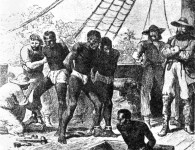
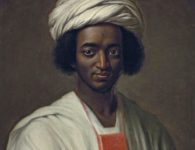

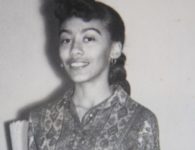
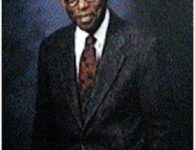
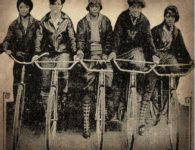



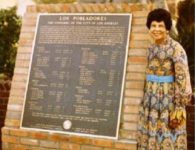



No comments